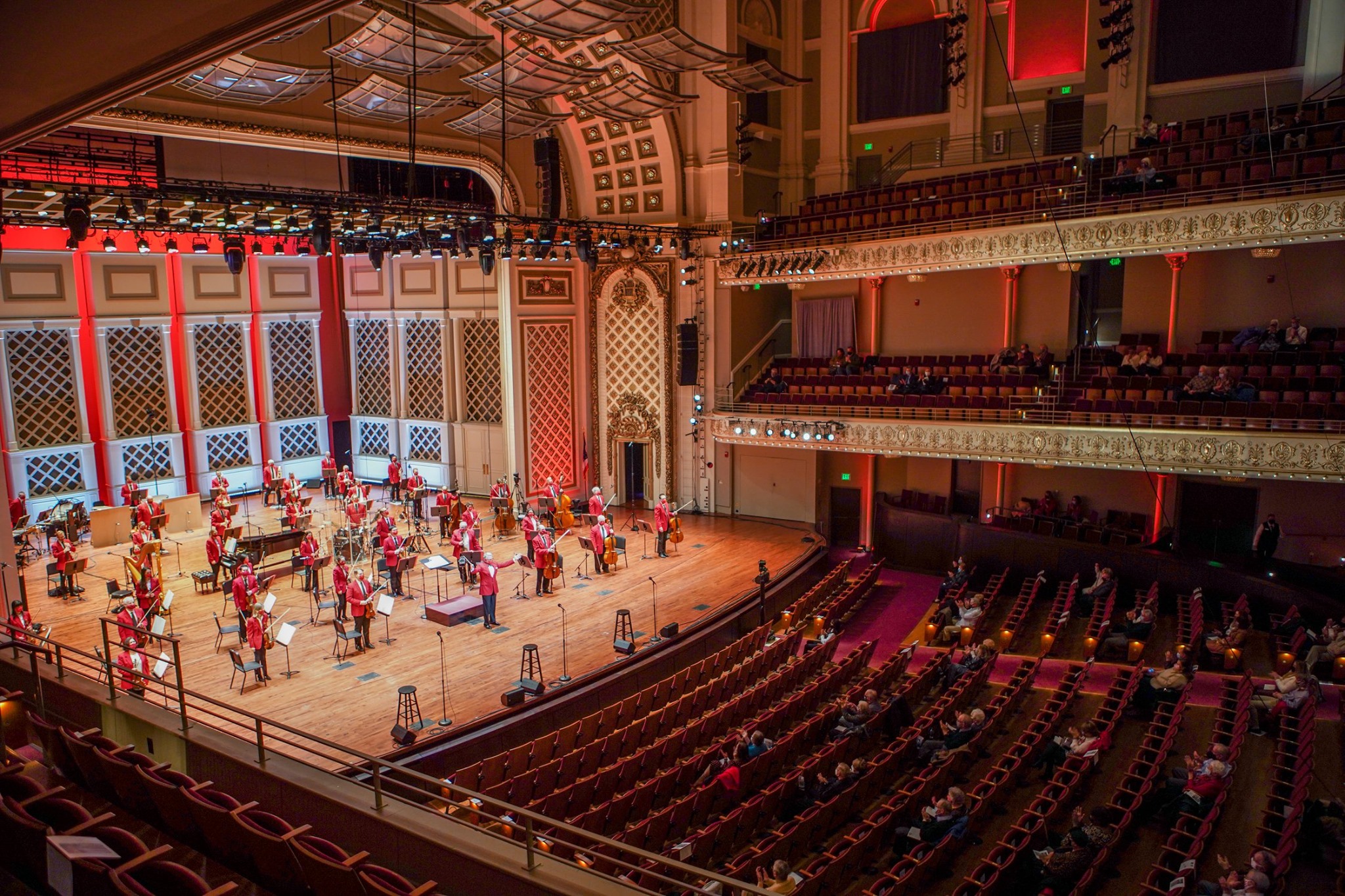posted by Alecia Kintner ON
Feb 19, 2021

Over the last month, there was a subtle yet profound exhale across the arts sector, with the announcement of the return of Broadway to the Aronoff next September and the first performances of the Cincinnati Pops and Cincinnati Symphony Orchestra taking the stage in a new, limited-capacity and socially distanced series of concerts at Music Hall.
The curtain is poised to rise once again over our region’s familiar cultural landmarks, as plans for COVID vaccinations signal the possible resumption of nights out at the theater. We’re still months away, of course, but closer than we’ve been for a while.
So what’s ahead for Cincinnati arts in 2021?
Hundreds of severed artist contracts, staff rosters cut to the bone, financial losses in the tens of million, and the fast pivot to work-from-home have meant radical re-thinking by cultural organizations. How do they continue bringing our community together? How do they stay afloat without regular income?
It might seem as simple as, “nothing on stage, nothing to pay for!” But that isn’t the reality facing the arts. Like any business, there are fixed costs that accrue, whether or not the show goes on. There’s rent, insurance, payroll, and security expenses that come with caring for priceless art collections and historic and iconic architecture. There have also been the unforeseen costs of adapting facilities for COVID safety protocols and the purchase of personal protective equipment for staff and guests. Adding even more strain to pandemically challenged budgets are the costs of enhanced technology, to bring programs to the public in the Zoom era.
As the pandemic wore on, friends of the arts across Cincinnati responded to our call to advocate for government relief. The inclusion of nonprofit arts organizations as among eligible businesses for federal assistance has been critical to their survival. The CARES Act, through local, regional and state partners, has provided reimbursement for some COVID-related costs. The Payroll Protection Program has helped many arts organizations keep bare-minimum teams of employees at work. The recently approved Save Our Stages legislation will provide a lifeline for arts and entertainment venues that still have months to go before seeing income from their box offices. On top of accelerated financial support from ArtsWave, these programs have helped to offset deficits and to keep the pilot lights on. But, these one-time programs are no guarantee of our region’s future cultural vibrancy.
As we get closer to opening the doors after months of closures, the survival story of Cincinnati’s arts will be in their re-start. There are advance costs of bringing new productions and exhibitions to our stages and galleries. Artists, technicians and staff must be recruited and re-hired. Materials must be pre-purchased. Contracts for touring shows must be signed. Advertising and marketing plans must be jumpstarted. Venues must be cleaned and re-cleaned. There’s lead time, behind-the-scenes work, and up-front financial commitments before a season of performances can be announced.
That’s where ArtsWave comes in. The tens of thousands of donors who give to the 2021 ArtsWave Community Campaign — which is going on now — will be central players in this comeback story of our region’s cultural heart and soul, our creative economy. They will make the difference in how fast we get artists back to work, how wide we cast the nets of ingenuity and collaboration, and how boldly artistic visions are realized. Your gifts will turn the pilot lights UP to full strength for the arts over the coming months, as together we invest in the future.